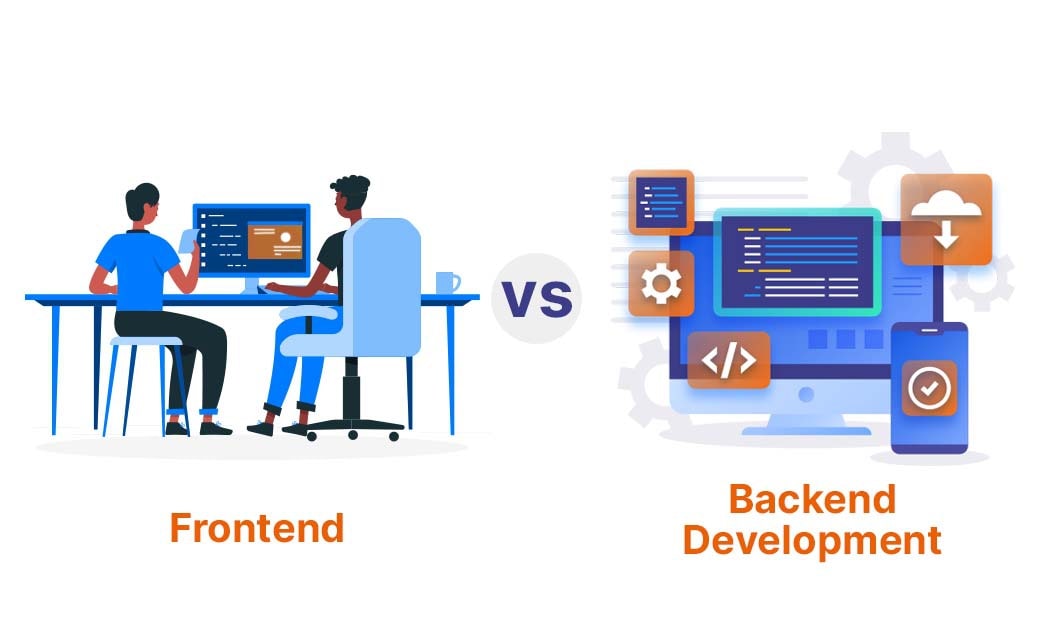Yibai Insights
Explore the latest trends, news, and insights from around the world.
Beneath the Surface: The Hidden Secrets of Back-End Development
Unearth the mysteries of back-end development with our deep dive into hidden secrets that power the web. Discover how the magic happens!
Understanding APIs: The Invisible Connectors of Back-End Development
APIs, or Application Programming Interfaces, are essential components in back-end development that act as invisible connectors between various software applications. They define the methods and data formats that applications can use to communicate with one another, fostering a seamless exchange of information. Understanding how APIs work is crucial for developers, as they enable integration of diverse systems, allowing for more efficient data management and functionality. For instance, when you utilize a weather application on your phone, it communicates with a remote server via an API to fetch real-time data. This process illustrates how APIs facilitate interactions beyond user interfaces, actively powering the back-end operations behind the scenes.
Moreover, APIs come in various forms, including RESTful APIs, SOAP APIs, and GraphQL APIs, each offering unique features tailored to specific development needs. By leveraging these diverse types, developers can enhance the performance of their applications, optimize data retrieval processes, and ensure scalability. In back-end development, a deep understanding of APIs not only improves application functionality but also streamlines collaboration between front-end and back-end teams. Emphasizing the importance of APIs in your development strategy can significantly contribute to creating robust and responsive applications that meet user demands efficiently.

Demystifying Databases: How Data is Stored and Retrieved
Databases play a crucial role in the management of data, serving as structured repositories where information is stored and organized for easy access. At the core of a database is the data model, which defines how data is structured and how relationships between data can be established. Common types of databases include relational databases, which use tables to organize data into rows and columns, and NoSQL databases, which offer flexible formats such as documents or key-value pairs. Understanding the architecture of a database is essential for effective data storage and retrieval.
When it comes to retrieving data, databases use a standard language known as SQL (Structured Query Language) for querying relational databases. With SQL, users can perform operations such as SELECT to retrieve data, INSERT to add new data, and UPDATE to modify existing records. Additionally, database indexing is used to enhance retrieval performance by creating pointers to data locations, significantly speeding up search queries. By demystifying these concepts, one can appreciate how databases efficiently store and retrieve vast amounts of information, making data management seamless.
What is Server-side Rendering and Why is it Important?
Server-side Rendering (SSR) is a web development technique wherein the content of a web page is generated on the server and sent to the client's browser as a fully rendered HTML document. Unlike client-side rendering, where JavaScript executes in the browser to build the page content, SSR allows for a more optimized delivery of the initial page load. This is particularly beneficial for improving SEO performance, as search engines can easily crawl the fully-rendered content right away. Additionally, SSR can enhance the user experience by reducing load times, making websites feel faster and more responsive.
The importance of Server-side Rendering extends beyond just initial load performance. It plays a crucial role in SEO by ensuring that search engine crawlers can index the site effectively, which can lead to better visibility in search results. Moreover, SSR facilitates the creation of dynamic content that is tailored to user interactions while still being optimized for search engines. As a result, businesses can achieve higher engagement and conversion rates, further underscoring why understanding and implementing server-side rendering is essential for modern web applications.